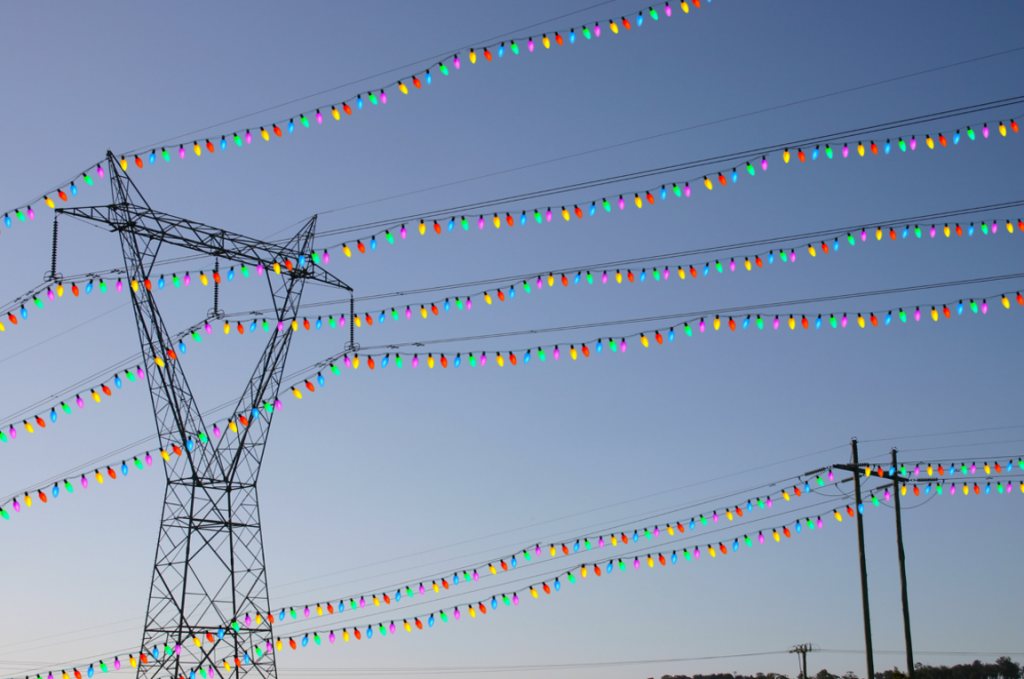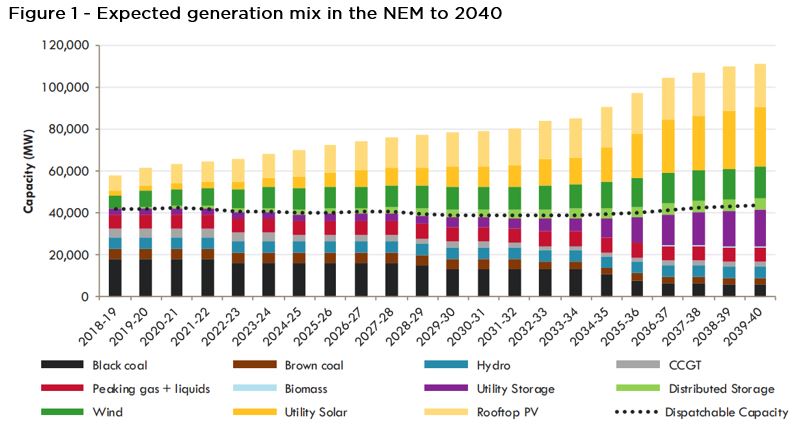Dear Santa: an energy Christmas wish-list
The festive season is upon us and what better way to celebrate than a wish list for Santa Claus. And while sensible policy solutions as Christmas stocking stuffers are about as likely as flying reindeer, we live in hope that Santa delivers some long-term focussed policies and regulations for customers.
There’s a reason the national objectives for both gas and electricity focus on the long-term interests of consumers, that’s the cornerstone of good customer outcomes. Short-term fixes don’t solve long-term problems, and in most cases will instead worsen them.

Dear Santa…
A workable climate in energy policy
There have been far too many unsuccessful and short-lived energy policies in the past decade, to the point where it feels like our game of prime ministerial whack-a-mole is more stable than energy policy. Investors charged with providing the infrastructure to serve customers are crying out for stability and bipartisanship, with Infrastructure Partnerships Australia’s (IPA) 2018 Australian infrastructure investment report finding a whopping 87 per cent of investors surveyed believed the sector was ‘full of uncertainty’ right now, damaging investor confidence.
As a very real example, Energy Australia chairman Graham Bradley recently said that “we are in desperate need of certainty before EnergyAustralia can proceed with investment in new capacity that would replace a Liddell.” It’s simple – no policy, no confidence, no investment, less new generation capacity, higher wholesale prices.
Regulation focused on long-term outcomes
The national energy objective, which is the summation of what all the rules and regulations aim to achieve, seeks efficient investment, operation and use of electricity and gas services for the long term interest of consumers. It is imperative that this objective is the prime consideration when regulatory decisions are made or it is likely that policies that seek short-term gain for customers will deliver greater detriment in the long run. As the IPA infrastructure investment report brings home, regulatory decisions that are perceived as influenced or driven by short-term or political considerations will have a high cost for current and future energy consumers from diminished regulatory confidence. Customers of regulated networks have a strong vested interest in the sector remaining low risk as any increase in financing costs will lead to higher bills.
As Canberra scrounges to come up with an energy policy, we urge policy makers and regulators alike to remember the national objective and to ensure that their decisions are anchored in facts, evidence and long-term customer outcomes. Political decisions may deliver short-term gains at the expense of long-term pain.
Fairer energy tariffs
Networks traditionally operated as a one-way flow of electricity from generators to customers. They are increasingly becoming a two-way platform for generators large and small to trade their electricity.
The Electricity Network Transformation Roadmap estimates that $16 billion can be saved by implementing cost-reflective network tariffs. It’s not just about how much electricity you use, it’s about when you use it. Moreover, the tariffs could ensure that a much wider range of customers participate and benefit from the two-way flow of electricity in the new age.
A more connected future
Coal generation that supplies the equivalent of NSW’s entire demand is set to retire by 2035 and must be replaced with new generation which is unlikely to be built in the same spots. The un-coordinated transmission planning process is not well suited as the energy market transitions to renewables. If the South Australian experience has taught us anything, it’s the necessity to anticipate future power system needs to maintain reliability and system security.
The Integrated System Plan (ISP) is a whole-of-system coordination document which identifies where transmission infrastructure is needed most to support expected future generation. We would like to see COAG support the inclusion of an actionable Integrated System Plan framework into the National Electricity Rules, preferably so that the next ISP, which is already under development, is under an appropriate rule governance framework.

Distributed Energy Resources
Rooftop solar, batteries and other distributed resources are on the rise, with rooftop solar now on two million homes. We must design the systems to manage an increasingly distributed network to achieve the best long term outcomes.
The optimal system to manage a two-way network is one where network businesses maintain their local networks and aggregate their information to the market operator for system planning and market operation purposes. This allows network businesses to design interfaces that best meet their customers needs and manage their network constraints locally.
Distributor-led Stand Alone Power Systems
The benefits of Stand Alone Power Systems are unquestionable. They have the potential to lower prices for all customers and improve reliability for those at the edge of the grid. The benefits for all customers will be maximised if there is scope to deliver network services in an efficient way to customers by networks owning and operating whichever technologies deliver the best outcome. There are safeguards for competition within the existing framework to ensure that the most efficient options are adopted, including those involving third parties.
Renewable gas
Renewable gas provides many opportunities for Australia including reducing emissions, creating new export markets, domestic use and reduced reliance on energy imports. Renewable gas also has promising storage capabilities, as where electricity storage dissipates over time, gas is easily stored for extended periods in dedicated storage facilities or in the existing gas pipelines. Evidence in policy is something that hasn’t been in abundance recently, but the facts show that a future where gas and electricity work in harmony produces better outcomes that either could achieve in isolation.
Smart meter rollout
In states other than Victoria, the smart meter rollout has been less than smooth. The current approach sees smart meters installed on an arbitrary replacement basis, meaning most customers only get a smart meter when their current meter is at the end of its life. A better approach would be to replace smart meters on a targeted basis in areas where they are needed such as in high solar penetration areas. This, combined with ensuring distributors have easier access to smart meter data, would mean voltage and frequency levels could be better maintained, ensuring safer appliances and more customers could safely connect their solar to the grid.
Given network prices have been falling consistently across the country over the past three years and network productivity is at record highs, we think energy networks should make the nice list this year – especially as this wish-list has the best outcomes for customers at its heart.
Merry Christmas to all our readers.
